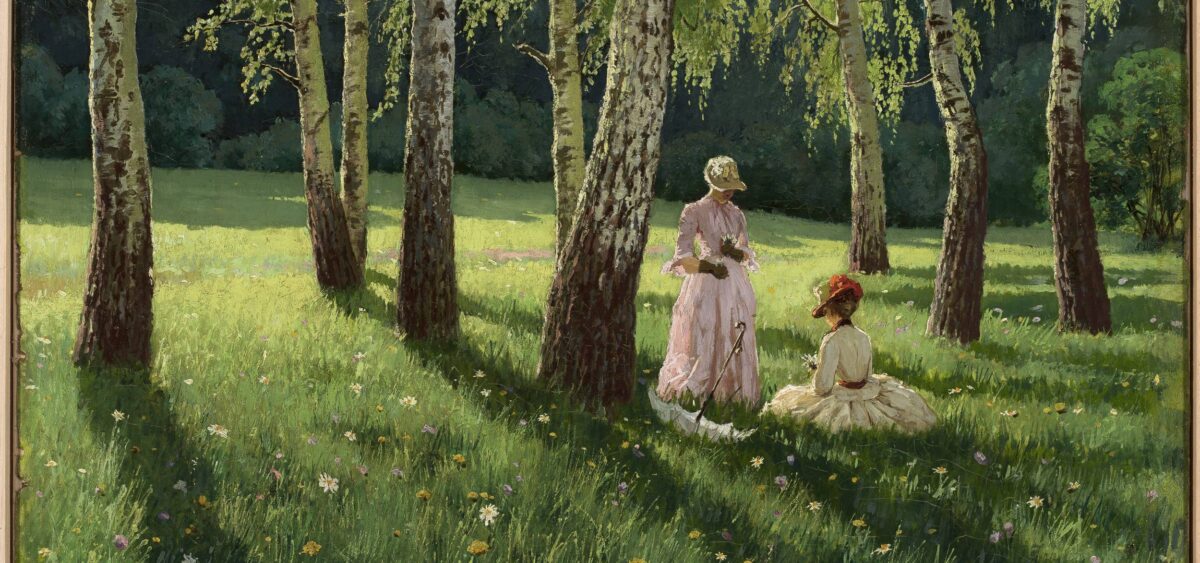
Nature has purifying powers. And although scientists have been unable as of yet to determine exactly how it works, for ages, people have been bathing in… landscapes.
A hot shower after a long day, a refreshing dip in a cold river on a hot midday, or jumping into a mountain stream after a round in a steaming banya; we all unmistakably associate such moments with cleansing, shaking off tension and dirt, and a feeling of rejuvenation. Yet although the ancients believed that only a proper bath could give us the feeling of being completely human, our relationship with cleanliness and water rituals has been bumpy. Following the age of Greek and Roman baths and social bathing ceremonies lasting for hours on end, mediaeval and pre-enlightenment Europe was consistently averse to water and cleanliness. In essence, we have numerous plagues and the industrial revolutions to thank for the universal availability of water faucets, bathtubs and soap. And really, only the last few decades have brought about a clear renaissance in the matter of bathing, providing a new dimension to the notion of cleanliness.
The art of bathing has recently been enjoying a revival in different cultures – not so much in terms of personal hygiene, but rather as a practice that allows us to connect with nature and experience revival. Aspects of the serenity of body and soul are turning out to be just as crucial. We are now cleansing ourselves not only of dirt and bacteria, but above all of our civilizational burden: excessive stimuli, e-mails, the daily rush and the general experience of artificiality. The latest trends show that the act of bathing can take place without the need for water. What’s really important is the natural environment and our ability to immerse ourselves in it.
Most advanced in this practice are the Japanese, for whom the enjoyment and benefits of so-called forest baths – shinrin-yoku – are nearly commonplace. This Eastern art, which has become increasingly more widespread since the 1980s (or the era of the technological boom), consists of immersing yourself in the atmosphere of a forest, consciously being present in nature, and establishing a deep connection with nature using your senses. The godfather of this ever more popular trend is Dr Qing Li from the Nippon Medical School in Tokyo. According to Li, bathing in the forest rebuilds the long forgotten sensual bridge between people and nature, allowing you to open up and absorb sounds, smells and light, as well as the air that fills the forest ecosystem in an intensified manner. In his book, Forest Bathing: How Trees Can Help You Find Health and Happiness (which is being translated into more and more languages), Li suggests that conscious presence in the forest lowers your pulse, weakens depression, and reduces anxiety, fatigue and confusion. People participating in the tests he describes would go for long walks in the forest for two days in a row; the majority of these participants would then exhibit lower levels of dopamine and noradrenaline (in the urine), indicating that they were relaxed. But that’s not all. The doctor demonstrates that in the people examined, the level of white blood cells responsible for the body’s endurance increased, while the performance of these cells rose by over 50%. The indicators remained at the same increased level even a month after the walking sessions. Phytoncides (compounds produced by plants) play a key role here, as inhaling them can boost white blood cell production.
Other studies provide proof for what most of us already know from our own experiences: leisurely walks in the woods, observing plants, listening to the singing of birds and looking at various shades of green improves your well-being. For example, scientists have determined that woodland walkers have reduced levels of cortisol (otherwise referred to as the stress hormone), that their blood pressure is lower and that the functioning of their sympathetic nervous system – which is responsible for stimulating the body’s flight or fight response, among other things – is improved. Regular visitors to the woods also showed reduced levels of aggression and hostility.
Of course, we can make all of that happen if we fulfil a few conditions and treat our visit to the forest as a diligent practice rather than a nervous jog with our face buried in our phones. The basic rules of shinrin-yoku require us to put away all devices and walk through the woods slowly and without purpose. Li suggests that you listen to your body and follow its instincts, letting it be your guide. As you walk along, it’s worth benefiting from all of your senses; carefully observe the shapes surrounding you, make frequent stops, admire the structure of the leaves, take a close look at the flowers, or catch a glimpse of the light glimmering in the tree tops or reflecting off the insects. Harness not only your eyes but also your ears to listen to the sounds. Use your hands – touch the bark, moss, leaves and branches. The expert recommends that we walk barefoot on the forest duff or through meadows, with our mouth wide open, breathing deeply and literally tasting the flavour of the fresh air.
Japanese specialists affirm that forest baths help in the treatment of serious medical conditions, like cancer, stroke and ulcers. The results of the research have been so convincing that shinrin-yoku has now been included in the Japanese national health care programme. And European specialists are echoing the words of their Asian colleagues increasingly more often. As a matter of fact, forest baths are the latest item added to the list of so-called social prescribing means prescribed by British doctors as a way to facilitate a connection with nature and slow down busy lifestyles. Social prescribing is an array of activities prescribed to treat health issues that have a non-medical basis and are a result of stress, societal factors and ongoing pressure. So in the UK, there’s nothing odd anymore about leaving a doctor’s office with a prescription to take up… gardening, cooking, dancing lessons, or indeed, shinrin-yoku.
Though a walk through the woods does not seem to require any special talent, there are more and more professional guides and teachers of forest mindfulness. The British Royal Society for the Protection of Birds organized a series of guided forest bathing sessions last year. Also established was the European Forest Bathing Institute, which trains guides. A full session with an individual teacher should last around three hours; it includes a theoretical introduction followed by a series of exercises aimed at arousing our dusted senses. Dr Qing Li, who is now also the chairman of the Japanese Society for Forest Medicine, tells sceptics and critics that shinrin-yoku is not a therapy as such, but rather an effective method of prevention. And the increasing number of enthusiasts of the practice are demonstrating that you can engage in it even in minimally wooded areas, such as urban parks.
Urban areas are regaining their natural character and utility in terms of bathing possibilities, even in the literal, water-based sense. The leaders in this discipline are Oslo and Copenhagen. These two Scandinavian capital cities have added their water reservoirs and canals to the green zone category; first they cleaned the water and second, they encouraged residents to swim in it. On hot days, the canals of Copenhagen turn into crowded beaches, while in Oslo minimalist wooden platforms and terraces allow people to step out of their offices and jump straight into the cool waves. This phenomenon is more than a mere substitute for bathing in nature, but rather an indication that an alliance between the city and nature is possible, and indispensable for our health.
As far back as 1984, Roger Ulrich, an architecture professor, conducted a study at a hospital in Pennsylvania which showed that patients recuperating after an operation would get well more quickly if they saw trees from their hospital beds instead of the brick walls of other buildings. And although the small scale of his study does leave room to question the results, it has been quoted for years as proof that even the proximity of nature is beneficial. Global urbanization was just starting to gain ground at the time when Ulrich examined those patients. Now, three decades later, the effect of swelling cities on our condition seems to be devastating. And the need to wash ourselves clean of the elements of civilization is crucial. Thus the new vitality of the phenomenon and the growing trend for bathing in the wild – the number of fans of winter swimming or swimming in rivers, lakes and hot springs is on the rise. Saunas have also been enjoying an ultra-fashionable revival. In Russia, you have banyas, while South Korea offers jjimjilbang, or steamed-quality rooms. Throngs of urbanites escape their city sceneries for the weekend to sweat away the toxins and intermittently warm up and cool down their bodies in national parks and woodlands, while soothing their senses. Although the banya, jjimjilbang or Japanese onsen vary in terms of their ritual details, at most baths it is essential that you attune yourself to the forces of nature; that you succumb to the temperature, observe the steam or regulate your body heat by dousing yourself with cool water. Above all, you have to stop. In bath rituals, motionlessness or the extreme slowing of movements, along with silence, are in good taste and constitute the essence of the matter. Such bathing sessions practised in nature are a wonderful eco-antidote for the overdose of life in its modern manifestations.
At the turn of the 21st century, the average American spent only 7% of their life in outside; the rest of that time would elapse in closed rooms and in cars. It probably can’t get much worse than that, so the time is ripe to venture out into the great outdoors and totally immerse yourself, be it in water or in flora.
My sources included the following books: “The Dirt on Clean” by Katherine Ashenburg, “Without the Banya We Would Perish” by Ethan Pollock and “Forest Bathing” by Dr Qing Li.










